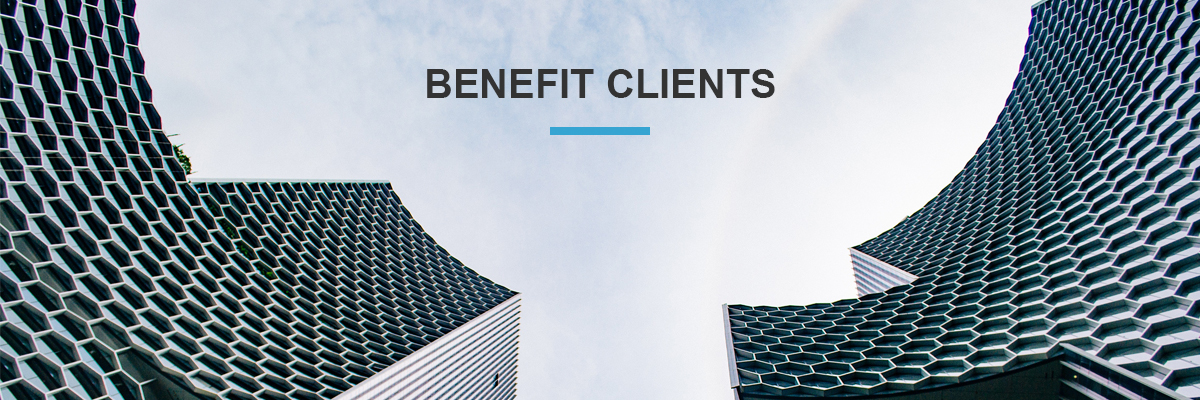Bulletproof vests play a critical role in ensuring the safety of law enforcement officers, yet many aspects of their functionality often go unnoticed. According to a compilation of information from search results, the first thing that stands out is that while they offer substantial protection, vests are not entirely "bulletproof." In fact, no item can guarantee complete protection against all forms of weaponry. Understanding this and more can empower officers to make informed decisions about their safety gear. Below, we explore eleven eye-opening facts about bulletproof vests.
1. Why Are Bulletproof Vests Not Actually Bulletproof?
The term "bulletproof vest" is somewhat misleading. These vests are not completely impenetrable. The truth is that while they do provide considerable protection, they do not shield wearers from every possible threat. Under certain rare circumstances, bullets may penetrate vests that are otherwise rated to stop them. Bullets can possess irregular edges or other properties, emphasizing that a bulletproof vest does not grant superhuman abilities.
2. How Does Bulletproof Fabric Stop a Bullet?
Bulletproof vests are constructed from robust non-woven and/or woven ballistic fibers. These materials function similarly to a net, capturing the bullet and dissipating its energy across the panel. The deformation of the bullet contributes to this energy dispersion. A fundamental principle is that the slower a bullet travels, the better the protection provided to the wearer. High-velocity projectiles can breach the fibers of the vest.
3. Can a Bulletproof Vest Stop a Shotgun Slug?
Shotgun shells pose a notable risk because bulletproof vests are typically not designed for them. The unpredictability in velocity between shotgun and rifle shells can result in different outcomes. Nevertheless, a NIJ Level IIIA bulletproof vest can adequately stop specific shotgun loads, as demonstrated in various tests.
4. What Is the Lifespan of a Bulletproof Vest?
Generally, body armor certified by the National Institute of Justice has a five-year service life. Daily use may diminish the vest's protective capabilities. Wearers must routinely inspect their vests for damage—such as creases, burns, and tears. Proper care can help ensure the vest lasts its intended lifespan.
5. Can You Clean the Bulletproof Plates with a Sponge?
To maintain the bulletproof plates, it's advisable to use a damp sponge combined with mild soap. Avoid placing them in a washer or dryer, as heat can damage the fibers.
6. How Can the Wearer Prevent Panel Sagging?
Panel sagging can reduce comfort and protection. To counter this, rotating between carriers is effective. Most bulletproof vests come with multiple carriers, though owning three is ideal to minimize wear and tear from consistent use.
7. What Bullets Can a Level IIIA Vest Stop?
Vests rated under the NIJ Level IIIA standard can effectively stop a wide range of handgun bullets, including .44 Magnum. Nonetheless, certain fast-moving 5.7mm rounds may penetrate this level of body armor.
8. Can Small Handgun Bullets Penetrate Body Armor?
Many overlook the potential danger of small caliber, high-velocity handgun bullets. Despite larger bullets like the .44 Magnum traveling more slowly and being effectively stopped by armor, faster bullets, such as the .357 SIG and 9mm, can easily penetrate ballistic panels.
9. Do Bulletproof Vests Keep the Wearer Safe in a Car Accident?
At the International Association of Chiefs of Police event, officers have been recognized for being protected by Kevlar body armor, even in vehicle-related incidents. Many have survived impacts from steering columns during accidents.
10. What Is It Like to Be Shot While Wearing a Bulletproof Vest?
Officers often suffer painful bruises from blunt force trauma after being shot while wearing vests. Despite the pain, many can still return fire on attackers. The impact can cause sharp, searing pain and potentially leave burn marks without causing incapacitation.
11. Why Do Bulletproof Vests Only Cover the Chest?
The placement of ballistic plates is strategic, aimed at shielding vital organs. Extending protection lower could impede necessary functions, such as driving.
In conclusion, understanding the intricacies behind bulletproof vests can highlight their importance in law enforcement. It showcases the vital role they play in officer safety and why proper usage is essential.


Comments
All Comments (0)